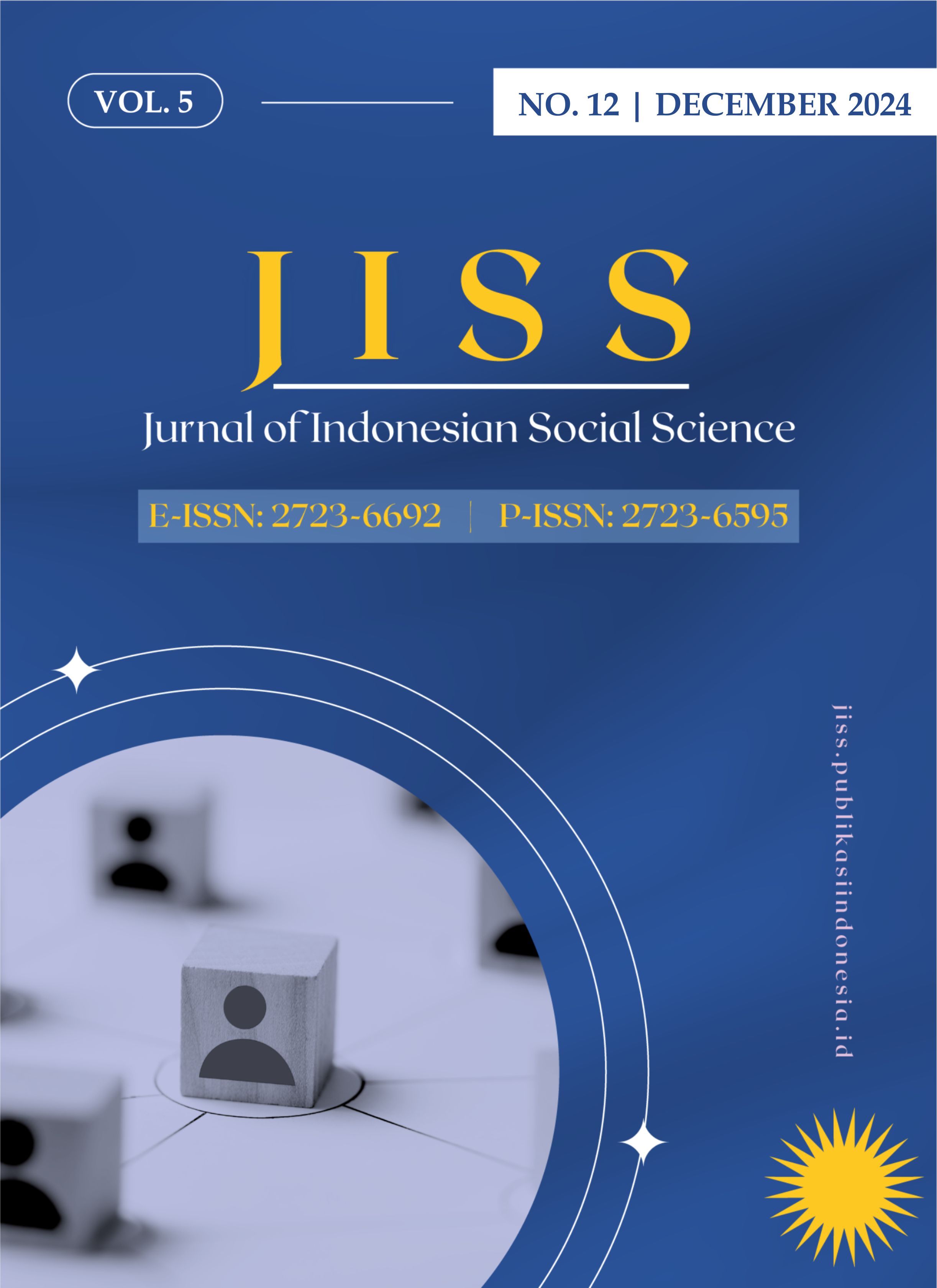The Effect of Hyperbaric Oxygen in Reducing Blood Cortisol Levels in Patients with Sleep Disorders
DOI:
https://doi.org/10.59141/jiss.v5i12.1530Keywords:
Sleep Disorders, Cortisol, HBOAbstract
Sleep disorders disrupt normal sleep patterns, including timing, duration, and quality, often linked to elevated cortisol levels and high nerve metabolism requiring oxygen. Hyperbaric oxygen therapy (HBO), delivering pure oxygen in high-pressure settings (≥1.4 ATA), may alleviate hypoxia and reduce cortisol, offering potential treatment for sleep disorders. This research uses a quasi-experimental design with a randomized pre-post control group design. The population studied was male sleep disorder sufferers, aged 25-40 years at the psychiatric poly of Dr. Ramelan Surabaya Hospital, with a sample of 9 members of the Indonesian Navy who met the inclusion and exclusion criteria. This research is related to development research in the field of health and maritime, with a focus on diving and hyperbaric oxygen therapy, which is expected to be published in the International Journal indexed Shinta 2. This research has the potential to enrich the understanding of the effects of Oxygen Hyperbaric (OHB) therapy in overcoming sleep disorders, as well as contributing to the health and maritime sectors. The research concluded that OHB therapy in sleep disorder patients resulted in a slight reduction in mean cortisol levels (from 79.09 ng/ml to 76.38 ng/ml). Although the majority of patients (56%) experienced a decrease in cortisol levels after therapy, there was no statistically significant effect of OHB therapy on cortisol levels in sleep disorder patients.
Published
How to Cite
Issue
Section
License
Copyright (c) 2024 I Ketut Tirka Nandaka, Hisnindarsyah, Saptono Putro

This work is licensed under a Creative Commons Attribution-ShareAlike 4.0 International License.
Authors who publish with this journal agree to the following terms:
- Authors retain copyright and grant the journal right of first publication with the work simultaneously licensed under a Creative Commons Attribution-ShareAlike 4.0 International. that allows others to share the work with an acknowledgement of the work's authorship and initial publication in this journal.
- Authors are able to enter into separate, additional contractual arrangements for the non-exclusive distribution of the journal's published version of the work (e.g., post it to an institutional repository or publish it in a book), with an acknowledgement of its initial publication in this journal.
- Authors are permitted and encouraged to post their work online (e.g., in institutional repositories or on their website) prior to and during the submission process, as it can lead to productive exchanges, as well as earlier and greater citation of published work.















